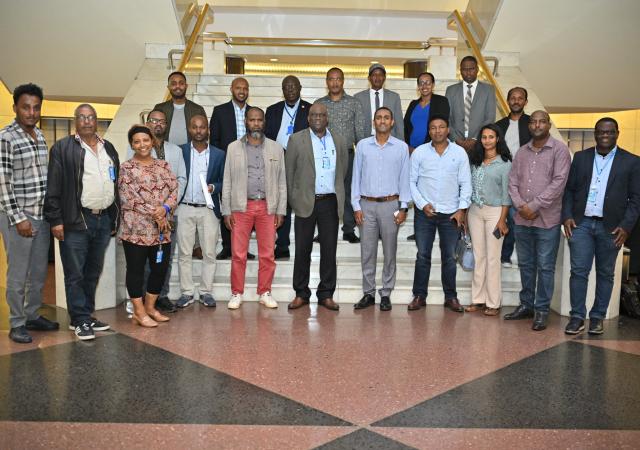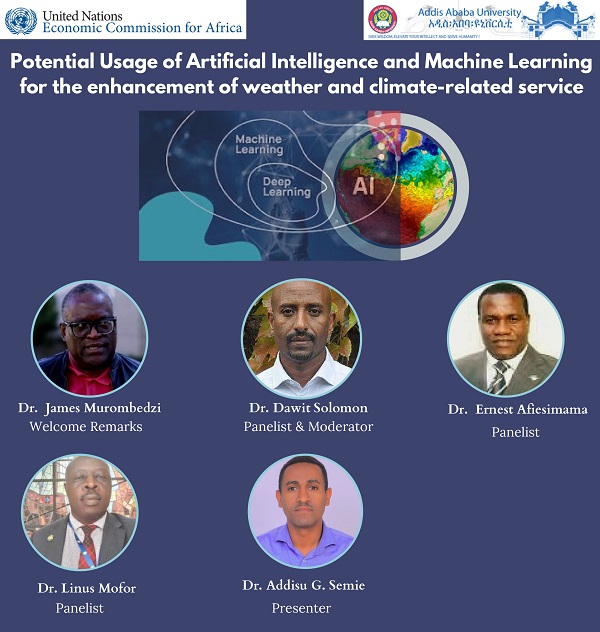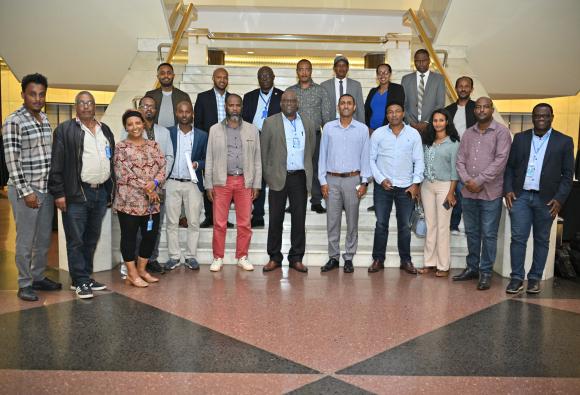Background
Accurate weather and climate forecasts are essential for informing decision-making across sectors like agriculture, water management, energy, and disaster risk reduction. Currently, numerical weather prediction (NWP) models are the most accurate forecasting systems, employing discretized grids and solving complex partial differential equations to describe atmospheric states. However, this approach have limitations due to complex physics, nonlinear interactions, and computational constraints.
Recent advances in artificial intelligence and machine learning (AI/ML) present new opportunities to improve weather and climate services by supplementing physical models across various time scales. Specifically, AI/ML can help address issues like computational constraints, model uncertainty, coarse resolutions, and inadequate representation of small-scale phenomena like atmospheric convection.
Advancing meteorological prediction through AI/ML can also accelerate progress on several UN Sustainable Development Goals, including poverty reduction, zero hunger, clean water and energy, climate action and more. Therefore, targeted partnerships between weather and climate agencies, AI experts and development organizations can maximize global benefits. Several studies have already demonstrated value in applying AI/ML to areas like renewable energy forecasting, predicting extreme rainfall events, and enhancing sub-seasonal to seasonal outlooks. However, realizing the full potential requires deeper collaboration between meteorological experts and AI technologists to develop integrated modeling systems informed by both scientific knowledge and data analytics.
Objectives:
- Highlight case studies demonstrating the value of AI/ML in predicting high-impact events like droughts.
- Discuss the role of AI/ML in improving sub-seasonal to seasonal forecasts.
- Examine the use of AI/ML to advance renewable energy (solar, wind) forecasting.
- Emphasize the importance of combining scientific domain knowledge and data-driven AI/ML to generate more accurate and actionable environmental intelligence.
Conclusion
This session will showcase the growing potential for AI/ML to complement physics-based NWP models and enhance weather and climate prediction capabilities across timescales. It will underscore the need for continued research and collaboration between weather/climate experts and AI/ML technologists to fully realize the benefits. Improved forecasts can guide better decision-making and planning in weather-sensitive sectors.
Documents
Presentation by Addisu G. Semie



